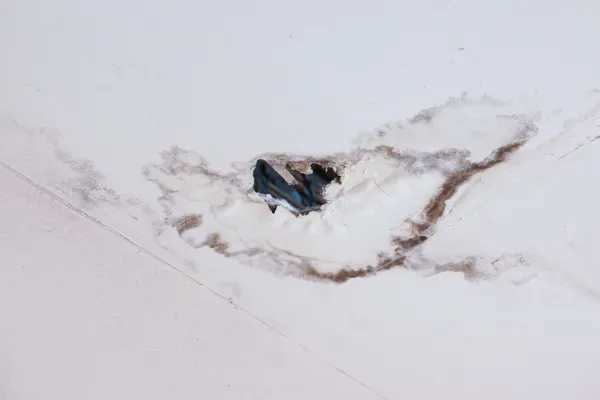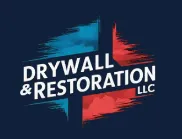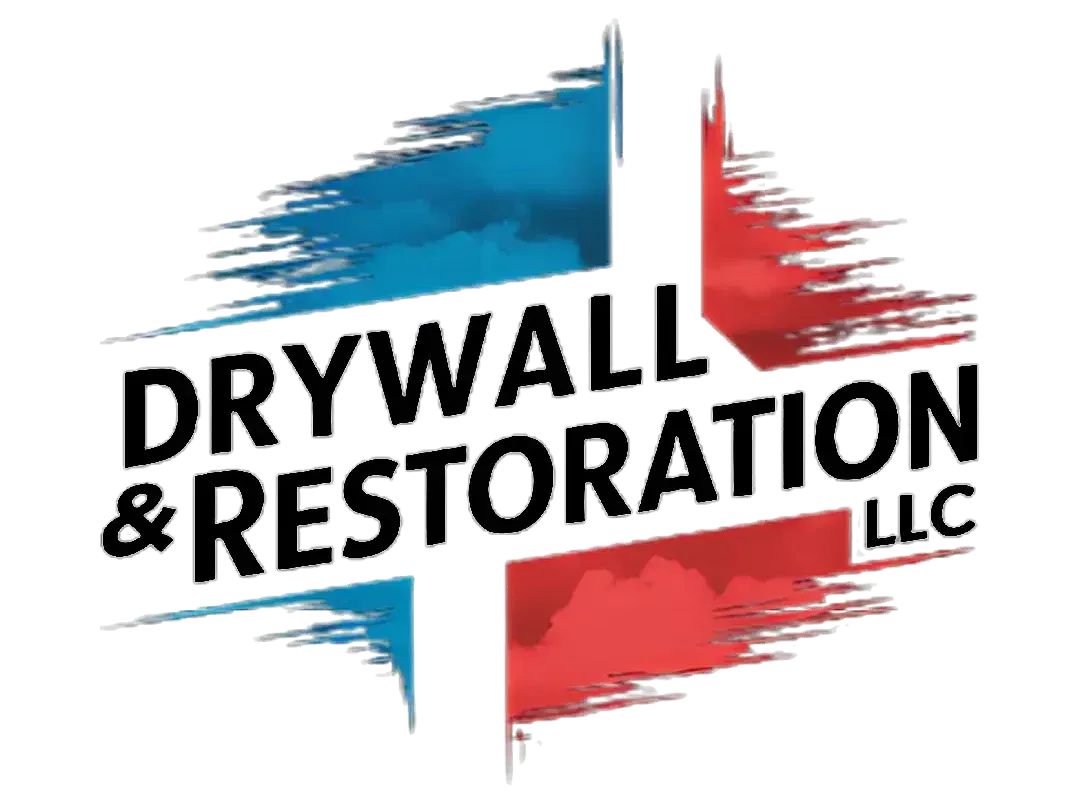BLOGS

How to Prevent Water Damage to Your Drywall
"Prevent costly water damage with expert drywall protection from Drywall & Restoration LLC—keeping your walls strong, dry, and built to last."
Water damage is one of the most common and costly issues homeowners face, especially when it comes to drywall. When exposed to moisture, drywall can weaken, develop stains, and even become a breeding ground for mold and mildew. Protecting your home from water damage is essential to maintaining the integrity of your walls and ceilings. At Drywall & Restoration LLC, we’ve got the expertise and tips you need to safeguard your drywall from water-related issues. Here's how you can prevent water damage to your drywall:
1. Fix Leaks Immediately
Leaks are the primary cause of water damage to drywall. Whether it’s a leaky roof, plumbing issue, or faulty window seal, any source of water entering your home can wreak havoc on your walls. Regularly inspect your home for leaks, and if you find one, get it repaired as soon as possible to prevent moisture from seeping into your drywall.
2. Install a Vapor Barrier
A vapor barrier is a moisture-resistant layer installed between your drywall and the insulation. It prevents moisture from getting trapped in your walls and helps protect your drywall from damage, especially in areas like basements and bathrooms. Installing vapor barriers in moisture-prone areas can be an effective way to shield your walls from water infiltration.

3. Use Moisture-Resistant Drywall
For rooms that are naturally damp or prone to moisture, such as bathrooms, kitchens, and laundry rooms, using moisture-resistant drywall is a smart preventative measure. This type of drywall is specially designed to withstand humidity and prevent water absorption. Also known as "green board" or "purple board," moisture-resistant drywall significantly reduces the risk of mold and water damage.
4. Ensure Proper Ventilation
Good airflow is essential to prevent moisture buildup in your home. Rooms with poor ventilation, like bathrooms or attics, are more likely to experience water damage due to trapped humidity. Installing exhaust fans in moisture-prone areas helps keep the air dry, preventing condensation from settling into your drywall.
5. Maintain Your Gutters and Downspouts
Gutters and downspouts play a crucial role in diverting water away from your home. When they are clogged or damaged, rainwater can overflow and seep into your walls, causing extensive damage to your drywall. Regularly clean your gutters and ensure downspouts are properly directing water away from your home's foundation.
6. Seal Windows and Doors
Poorly sealed windows and doors are common entry points for water, especially during heavy rains. Inspect the seals around your windows and doors to ensure they’re watertight. If you notice any gaps or cracks, apply weather stripping or caulking to prevent water from leaking into your walls and causing damage to your drywall.
7. Address Foundation Cracks
Cracks in your foundation can allow water to seep into your walls, leading to drywall damage over time. Regularly inspect your foundation for cracks and have them repaired by a professional to prevent water infiltration. Taking this step will help protect your walls from moisture and avoid costly repairs down the line.
8. Act Fast After Water Exposure
In the event of a water leak or flooding, acting quickly can minimize the damage to your drywall. Drywall that remains wet for an extended period is more susceptible to warping, mold growth, and structural damage. If your drywall becomes wet, immediately dry the area using fans, dehumidifiers, and towels. In severe cases, it may be necessary to replace the damaged sections of drywall.
Why Choose Drywall & Restoration LLC?
At Drywall & Restoration LLC, we specialize in both preventing and repairing water damage to your drywall. Our team of experts offers comprehensive services, from installing moisture-resistant drywall to repairing damaged walls. We’re committed to protecting your home from costly water-related issues and ensuring your drywall remains strong and beautiful for years to come.

